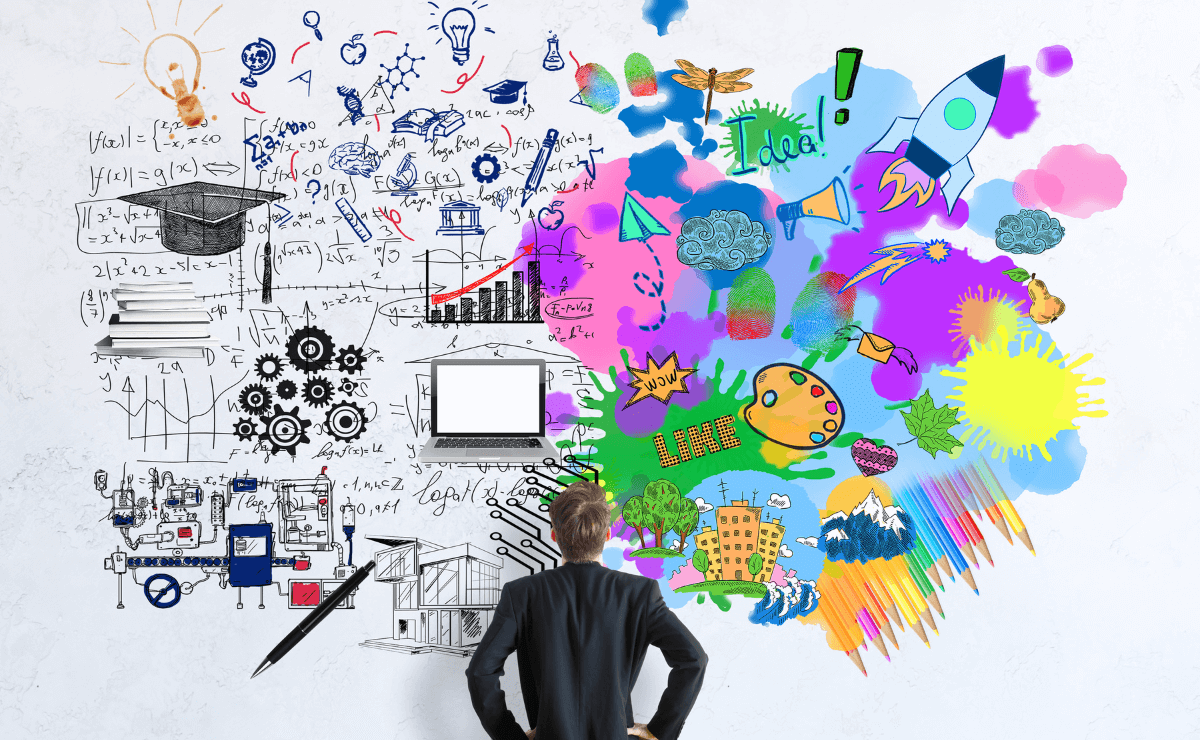There is so much more to ADHD than struggling to pay attention. For example, a lesser-known ADHD challenge is accommodative dysfunction, an eye-focusing problem. While accommodative dysfunction isn't exclusive to those with ADHD, it isn't uncommon to experience the two conditions together.
Let's explore more about accommodative dysfunction and other vision issues to understand how vision and executive functioning can affect one another.
Too long; didn't read
- ADHD does not cause vision problems, and vision problems do not cause ADHD.
- Vision issues are commonly misdiagnosed as ADHD.
- People with ADHD commonly have tracking issues due to abnormal eye movements, relocation, and visual perception issues.
- Practicing the 20-20-20 rule can prevent your eyes from getting weaker.
How does ADHD affect vision?
Vision problems aren't official symptoms of ADHD, but there is still a strong association between the two. People with ADHD may have abnormal eye movements, relocation, and visual perception, which can lead to challenges with visual tracking.1
Signs and symptoms of accommodative dysfunction:
- Visual stress; visual strain
- Headaches
- Fatigue
- Blurry vision
Vision problems can be misdiagnosed as ADHD
Vision issues are also often misdiagnosed as ADHD. Because children sometimes struggle to communicate their vision difficulties, their symptoms can be interpreted as an inability to pay attention. To avoid this, look for other signs of ADHD outside vision issues.
What causes eyes to randomly unfocus?
The average person - adults and children alike - spends seven hours a day looking at screens, which is a drastic increase due to the pandemic.2 This challenges our eyes more than ever because of the demand to adjust our (literal) focus from the screen to objects at different depths in the real world.
This exertion on our eyes can lead to a wide range of vision issues, including accommodative dysfunction, when the eyes work harder to focus on things up close or far away.3
Other vision issues that can occur with ADHD
Astigmatism
Astigmatism is a type of refractive error that happens when the shape of the cornea is "shaped like a football*" as opposed to the typical sphere-like structure. This common eye imperfection makes it harder for the retina to process incoming light, which causes blurry vision.4
*American football
Double vision
Double vision, or diplopia, is one of the manifestations of convergence insufficiency, which affects how your eyes work together to focus on objects. People who experience double vision typically encounter it when attempting to focus on something close to them.
ADHD doesn't cause double vision, but double vision is more common in people with ADHD.5
Six ways to solve vision problems
So, you have ADHD and believe you're dealing with blurry vision, astigmatism, nearsightedness, eye strain, or other vision problems. In that case, there are several routes you can explore to find relief.
1. Visit an optometrist.
An eye exam from an optometrist can help determine the level of your visual impairment.
2. Ask about a prescription for eyeglasses or contacts.
You may need glasses or contacts to correct your vision issues based on what happens during your optometry appointment.
3. Find base-in prism glasses.
If you have convergence insufficiency, you will need this specific style of glasses to improve your eye function.
4. Explore laser eye surgery.
Consider the pros and cons of laser eye surgery if your optometrist recommends it to fix your vision problems.
5. Try vision therapy.
This type of therapy focuses on retraining the eyes and aims to improve better focus and eye movement.
6. Practice the 20-20-20 rule.
With all the time spent staring at screens throughout the day, it's a good idea to adopt a rule like the 20-20-20 rule.
All you have to do is look away from your computer screen or phone screen every 20 minutes for 20 seconds by focusing on something 20 feet (or more) away.
This exercise helps to alleviate eye strain and eye fatigue.6








